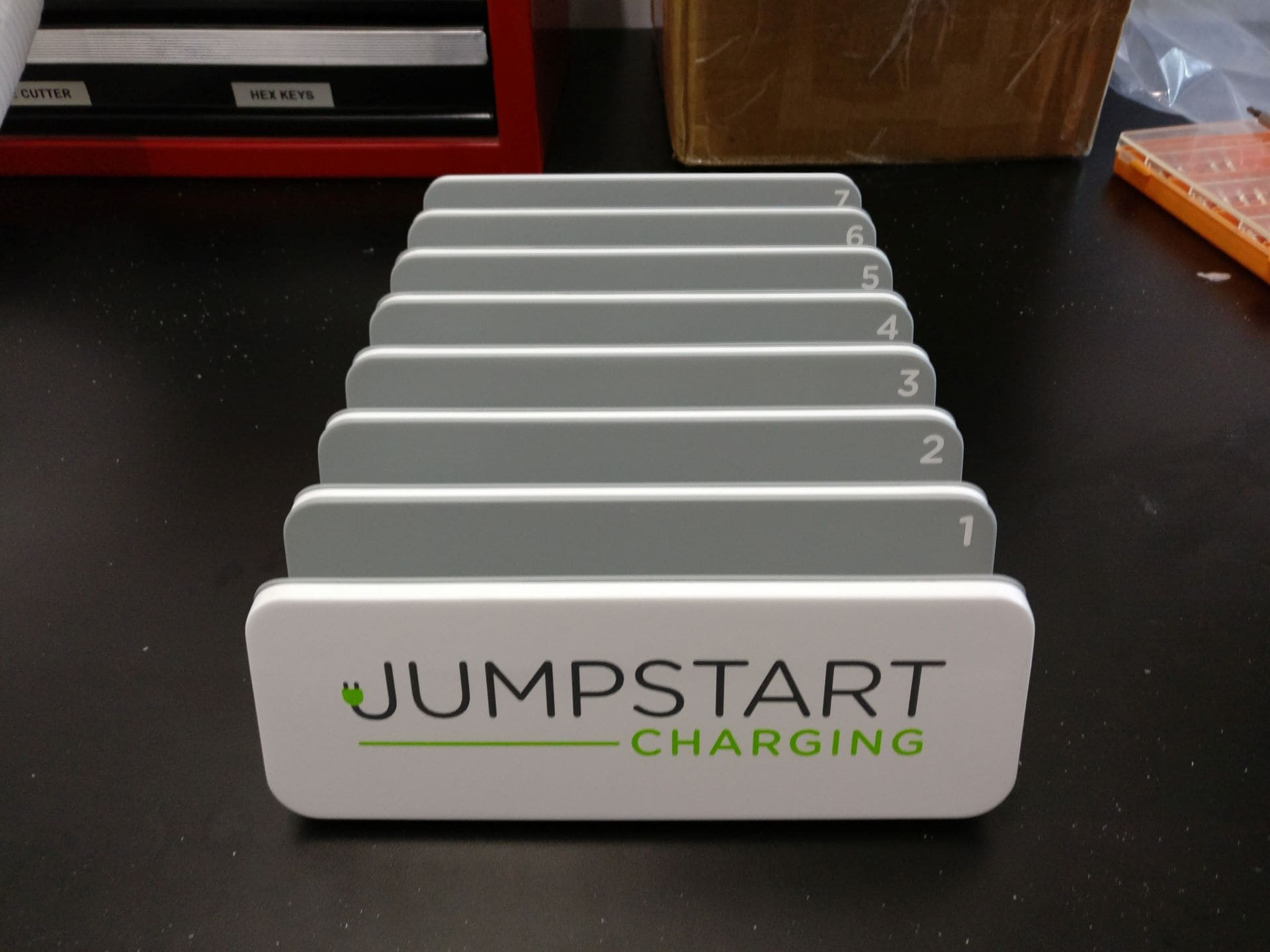We use a variety of rapid prototyping methods during the development process to help validate our designs. The prototype process used depends on what design and/or engineering aspects we are looking to validate. All of them have their strengths and weaknesses and we work with our clients to determine which process is best for their product. Below are some of the processes we use here at Produktworks:
SLA (STEREOLITHOGRAPHY)
– Laser cured photopolymer process
– Good surface finish and resolution
– Proprietary materials simulates certain plastics
– Can build clear parts (final hand polishing require)
– Moderate prototyping cost
– Yellows over time with prolonged exposure to light
FDM (FUSED DEPOSITION MODELING)
– Extrusion of semi-molten plastic
– Poor surface finish and resolution
– Uses actual production plastics (ABS, polycarbonate, PC-ABS)
– No clear parts available
– Low prototyping cost
– Very good mechanical properties
POLYJET
– UV cured photopolymer process
– Excellent surface finish and resolution
– Proprietary materials simulates certain plastics
– Can build clear parts (final hand polishing require)
– Low prototyping cost
– Low heat deflection temperature means that thin walled parts will warp or ‘set’ in elevated temperatures
SLS (SELECTIVE LASER SINTERING)
– Laser cured plastic powder (usually Nylon) process
– Poor surface finish
– Uses production plastic (Nylon), can be glass filled for additional strength.
– Cannot build clear parts
– Moderate prototyping cost
– Only process that can simulate a living hinge and polypropylene
MACHINED PARTS
– CNC machined parts
– Excellent surface finish and resolution
– Wide variety of production materials can be produces (ABS, PC, PC-ABS, POM, steel, aluminum etc)
– Can machine clear parts (final hand polishing require)
– High prototyping cost (dependent on part complexity)
– Used for appearance models and when excellent mechanical properties and surface finishes are needed
At Produktworks, we tend to favor the FDM process just because of the low cost, and the ability to validate engineering features (mechanisms, snap features, bosses). The resolution is improving as production level machines are being introduced. We also have a small CNC machine in-house that lets us produce small parts out of production plastics (ABS, PC, POM etc) and is a great tool to have at our disposal 24/7. Our prototyping area (as shown in the picture above) is also fully stocked with almost any tool, fastener and hardware required to carry out validation testing. If you can dream it, we can probably build it. Unless it’s bigger than 12x12ft, in which case you’ll have to give us time to find an office space with a bigger prototyping area!


